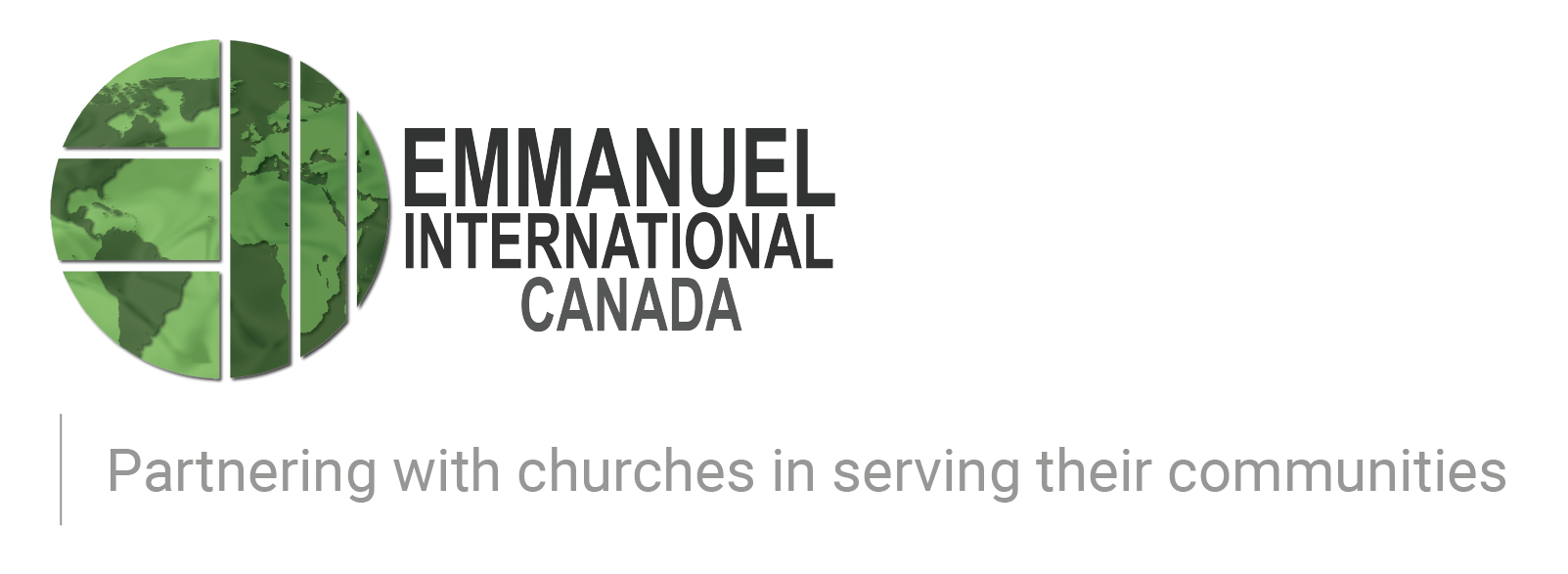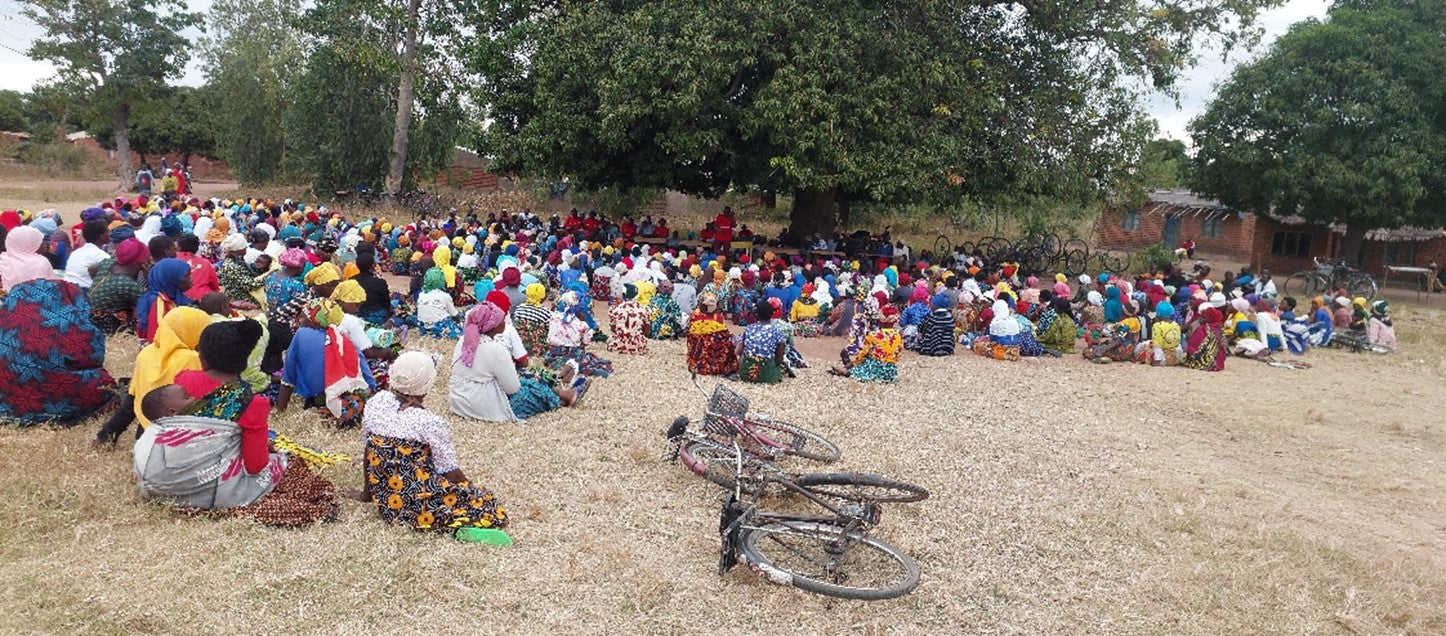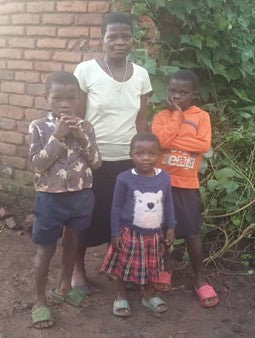In the rural districts of Machinga, Phalombe, and Mulanje in southern Malawi, many women and girls live in silence after experiencing gender-based violence (GBV). Survivors face enormous barriers to getting help—lack of nearby services, poor coordination among service providers, stigma, and long travel distances all conspire to leave survivors without the support they desperately need. Many cases go unreported, and those that are reported often fall through the cracks due to outdated paper-based systems and weak referral networks. However, the Titukule Azimai Project is changing this. At the heart of this change is an innovation called the Digital Referral and Reporting System (DRRS), a digital case management platform designed to transform how GBV survivors are supported and how cases are managed, tracked, and resolved.
What is DRRS?
The Digital Referral and Reporting System (DRRS) is a user-friendly, secure, and centralized digital GBV case management platform that connects survivors to services, and service providers to each other. It will support the entire case management lifecycle from recording, reporting, referral, tracking, to feedback, while promoting data-driven decision-making, inter-agency coordination, and survivor-centered service delivery. The system is designed to serve as a digital link among key stakeholders such as Community Victim Support Units (CVSUs), Social Welfare Offices, Police, Health Services, Judiciary, and other GBV referral partners.
This system is being introduced under the project’s goal of improving the delivery of functional and efficient GBV support systems. It is built to ensure that survivors are not left behind or forgotten, and that every case gets the attention and care it deserves from the moment it is reported to the final resolution.
How Does It Work?
The journey starts in the community. Local community structures, known as Community Victim Support Units (CVSUs), are often the first place a survivor turns to for help. With the DRRS, CVSUs can now register cases digitally using a tablet. From there, the system directs the case to the appropriate service provider, whether that’s the police, a health clinic, a counselor, or the social welfare office. In urgent or severe cases like defilement or physical assault, survivors may be referred directly to primary service points like the police, or a one-stop center where multiple services are provided under one roof. As the case moves through the system, the DRRS keeps track of everything. Survivors may receive SMS updates on the progress of their case, and referral officers can monitor deadlines and flag overdue follow-ups. This feedback loop helps survivors stay informed and feel supported throughout the process.
Why Is It Important?
Before the introduction of the DRRS, coordination between service providers was weak, and data-driven decision-making was slow due to reliance on paper-based forms and inconsistent data recording. This often led to lengthy data entry and analysis processes, further compounded by a lack of stationery in many communities. On the other hand, survivors often had to repeat their story at each service point, reliving their trauma repeatedly. Some never reached the help they needed. The DRRS changes that by improving coordination between police, health workers, counselors, judiciary, and community volunteers, ensuring timely action as referrals happen quickly and cases are not forgotten, increasing transparency as survivors can track the progress of their own cases, improving data as service providers can use real-time data to identify GBV hotspots and make better decisions and supports justice through a clearer record of case history, thereby helping the judiciary act faster and more effectively.
What Will It Change?
The DRRS will be a game-changer for survivors of GBV. No longer will they have to wonder what happened to their case or suffer silently while waiting for a response. They will receive timely help, updates, and referrals—all with dignity and respect. For service providers, it means less guesswork and more action. Cases will be better managed, services will be more coordinated, and data will drive smarter planning. For the judicial system, it offers reliable documentation that supports prosecutions and case tracking.
In Phalombe District at an Engagement discussion meeting with stakeholders for the DDRS





Leave a comment
All comments are moderated before being published.
This site is protected by hCaptcha and the hCaptcha Privacy Policy and Terms of Service apply.